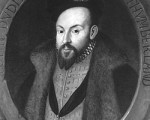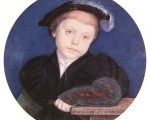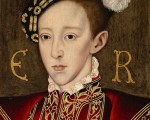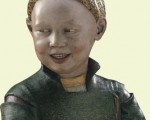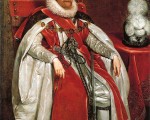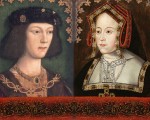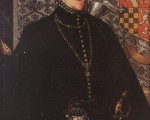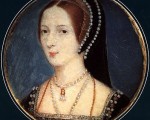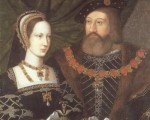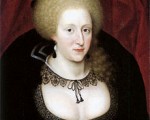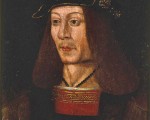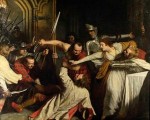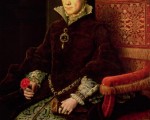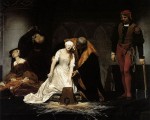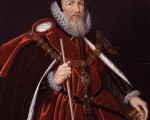
On this day in history…
31 July:
1544 – The future Elizabeth I wrote her earliest surviving letter to her stepmother, Catherine Parr. It was written in Italian and in a beautiful italic hand. Click here to read more about it.
1549 – Death of Edmund Sheffield, 1st Baron Sheffield, in Norwich. It is said that he was killed by a butcher called Fulke, while serving in the royal army against the rebels of Kett’s Rebellion. Apparently, he stumbled into a ditch and then was killed by a blow from Fulke. Sheffield was buried in St Martin’s at the Palace, Norwich.
1553 – Henry Grey, Duke of Suffolk, “was discharged out of the Tower by the Earle of Arundell and had the Quenes pardon.”
1574 – Death of John Douglas, Archbishop of St Andrews and educational reformer, in St Andrews. He was buried in the public cemetery. It is said that he died in the pulpit.


